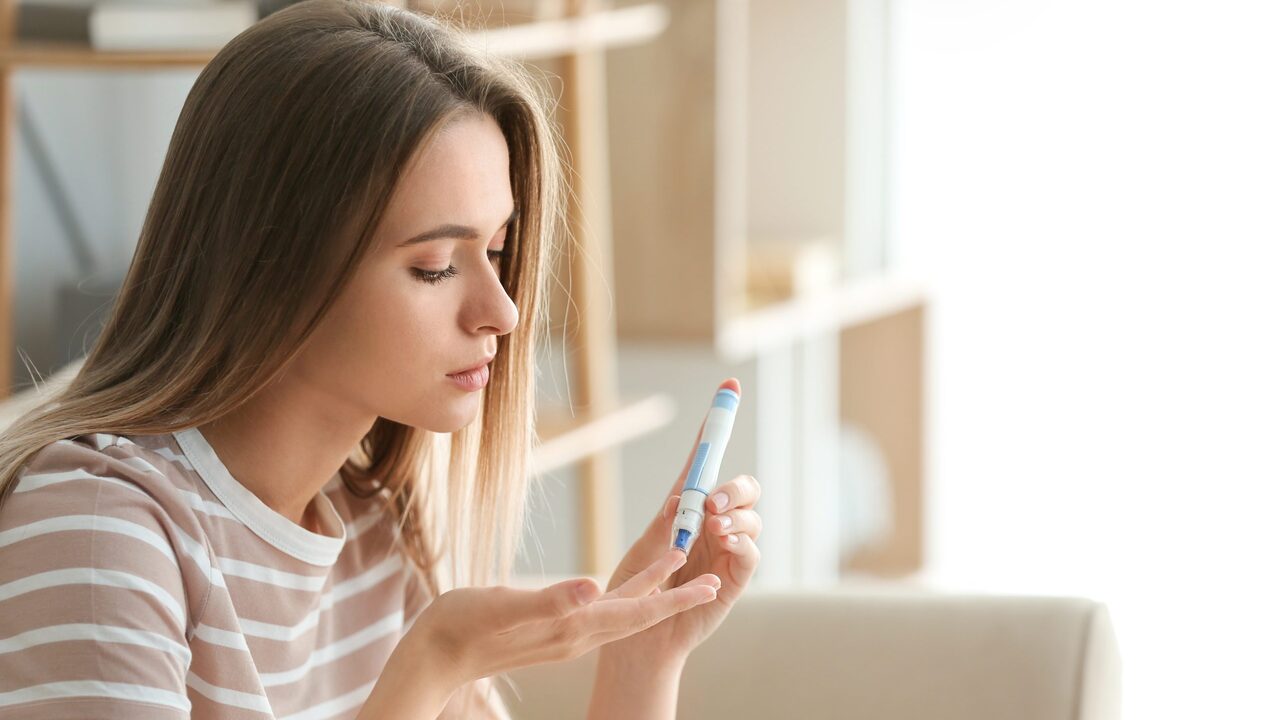More than 199 million women currently have diabetes. That number could rise to 313 million by 2040. Women face unique concerns due to their anatomy, hormones, and reproductive health. They are also at higher risk for complications like heart disease.
There are three types of diabetes in women: primary (occurs when the pancreas does not produce enough insulin), secondary (occurs when the body cannot use insulin effectively), and gestational (occurs during pregnancy and usually disappears after birth).
Symptoms of diabetes, which do not vary by gender, include increased thirst or dry mouth, frequent urination, extreme hunger even after eating, and unexplained weight loss. As the disease progresses, you may experience symptoms such as darkening of the skin under your arms or neck, blurred vision, dry skin or mouth, fatigue, frequent infections, numbness or tingling in your arms and legs, and slow healing of wounds.
The first symptoms of diabetes can get worse as it progresses. New symptoms may appear in the coming months or years, especially if treatment and blood sugar levels are not monitored. At this stage, the symptoms of diabetes specific to women appear.
Vaginal drynessChronically high blood sugar levels can damage nerves and blood vessels, including those in the vagina. This can reduce lubrication. The damage can also reduce sensitivity.
Genitourinary system infectionsPeople with diabetes are four times more likely to have it.
Frequent urinary tract infections. Symptoms of these infections include a burning sensation when urinating, cloudy or strong-smelling urine, discomfort in the pelvic area (between the thighs), and a frequent urge to urinate. Women are more likely to get these infections because their urethras are shorter and closer to the anus.
Recurrent vaginal yeast infectionsSymptoms of a yeast infection include pain during urination or sex, thick, white vaginal discharge that may look like cottage cheese, vaginal itching, burning, redness, or swelling.
Bacterial vaginosis. High blood sugar levels can upset the acid-base balance of bacteria in the vagina. Symptoms of bacterial vaginosis include a thin, gray or white discharge and a fishy odor, especially after sex.
Irregular menstrual cycles. Cycle disorders are more common in type 1 diabetes. The most common changes are delayed menstruation, heavy bleeding, shorter or longer periods between menstrual periods, late first menstruation, and early menopause.
Polycystic ovary syndromeSymptoms of this condition include: acne, dark thick skin on the neck, underarms or groin, excess facial and body hair, thinning scalp hair, irregular menstrual periods, unexplained weight gain, difficulty getting pregnant.
InfertilityDiabetes makes it difficult to get pregnant.
News materials are not equivalent to a doctor’s prescription. Consult a specialist before making a decision.
Source: Ferra
I am a professional journalist and content creator with extensive experience writing for news websites. I currently work as an author at Gadget Onus, where I specialize in covering hot news topics. My written pieces have been published on some of the biggest media outlets around the world, including The Guardian and BBC News.











